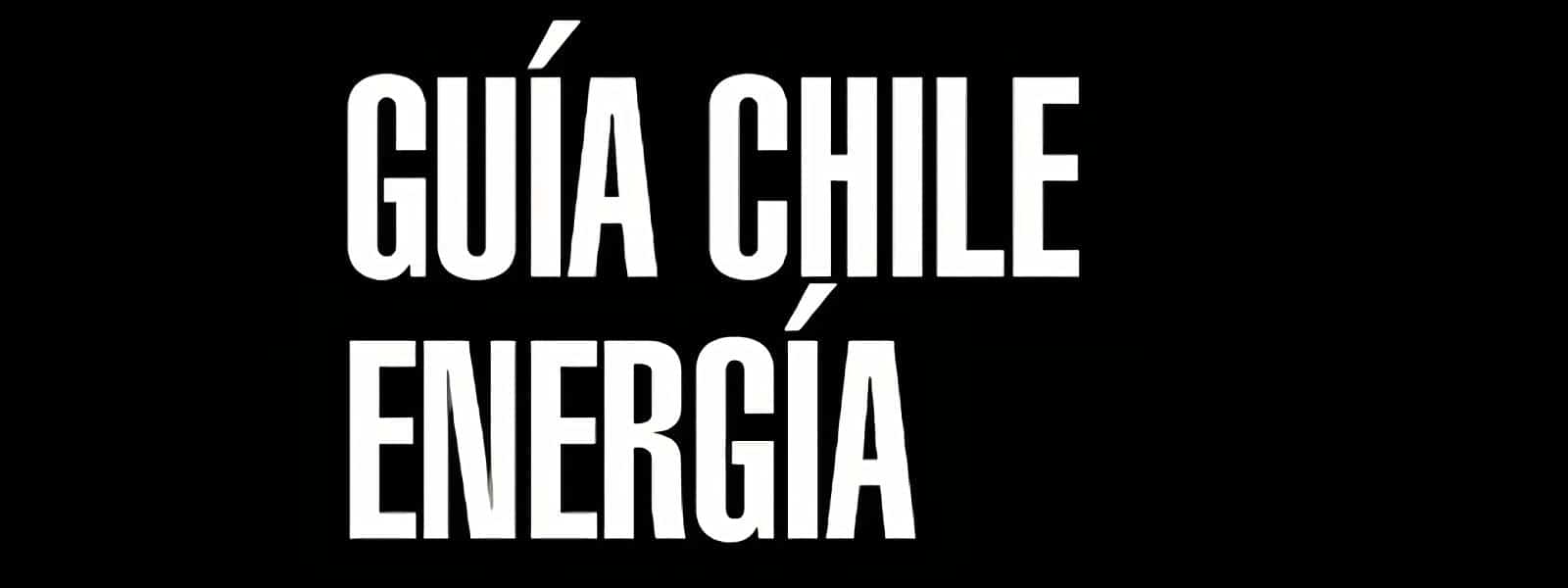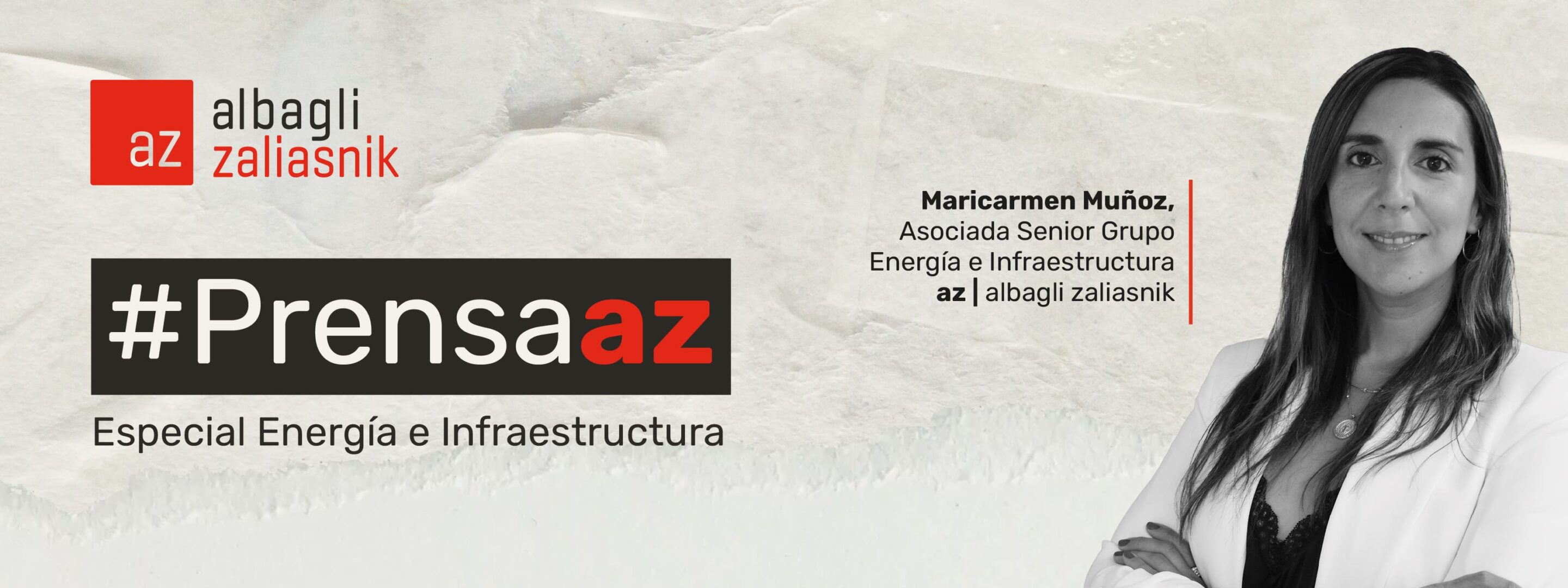We invite you to read the column written by our director of Grupo Energía e Infraestructura, Federico Rodríguez, where he addressed the progress of the energy transition in Chile.
The energy transition has not been restricted in Chile on the generation side, but rather in the transmission and distribution segment. In 2018, we joined the two old electricity systems (SING and SIC), to bring cheap energy (solar from the north, wind from the south) to the consumption centers.
However, building new connection lines from the north or from the south to the center of the country has taken much longer than considered and, currently, the transmission infrastructure does not allow to bring all the energy to the consumption centers. An example of this is that in the first semester alone, around 2,300 GWh were “lost”, which is equivalent to the production of a 500 MW solar power plant.
According to the World Economic Forum, the challenges of the energy transition are sustainability, equity and security. We have made great progress in the transition of our energy matrix to renewable energies in a decade, but we are far behind in terms of security and equity.
For a generation matrix to gradually move away from fossil fuels, it is essential to give a clear signal to the market, encouraging new investments aimed at providing greater security and continuity of supply.
The technical solution already exists, the means of storage, especially batteries for generation and transmission. In order to promote storage effectively, we must develop a clear and permanent power regulation, with a term of no less than 20 years.
In addition, the pay-per-power system should encourage investments for a greater number of hours than the current one, which favors investments for 3 to 4 hours. In this way, the security and stability of the electricity system will migrate from fossil fuel-based backup power plants to storage systems.
It is also essential to regulate the operation of storage systems, both for hybrid projects (associated with generation) or isolated (stand alone). In this sense, energy withdrawals and injection must be allowed in both types of projects; certifying that the energy load comes from renewable means and guaranteeing injection at times of greater congestion and price. The effect will be a reduction in peak hour prices, fed by greater generation from renewable sources, providing greater access to renewable energy at low prices.
In the case of transmission, an expansion plan should be promoted, with a centralized mechanism to determine the works at the transmission level. This should expressly include the review process and preparation of a more dynamic and efficient plan, taking shorter execution periods. Secondly, the use of storage batteries should be promoted and the adequate remuneration for the service they provide to the system should be clearly determined, guaranteeing the dispatch of renewable energies and improving the security and stability of the system.
Now, we also have a case of a setback in energy equity. In 2004, we promoted distributed generation to deliver a locational signal (again, close to consumption centers) to generation, leaving aside communities that did not benefit directly from cheaper energy prices or that had to bear the effects of the transmission lines needed to bring that energy to consumption centers. The so-called PMGD solve two obstacles; they do not require large transmission lines and do not have significant effects on the environment.
PMGDs were given a price stabilization system (like UK Contracts for Difference), whereby the electricity system (other large-scale generators) rewards them, when costs are low. In 2019 the Stabilized Price system was reviewed and confirmed for 10 years. This attracted a lot of investment and provided a renewable source, with low environmental impact and close to consumption centers.
However, today the Stabilized Price system is being reviewed again. The current government, without thinking that this is a long-term career, wants to change this regime, taking part of the PMGD revenues to subsidize energy prices, in a false project of tariff equity.
Chile has been an example in the energy transition. However, at present, we are taking the opposite steps because we think that, in reality, it is a 400-meter race and not a marathon.
Column written by:
Federico Rodríguez | Director Grupo Energía e Infraestructura | frodriguezm@az.cl




